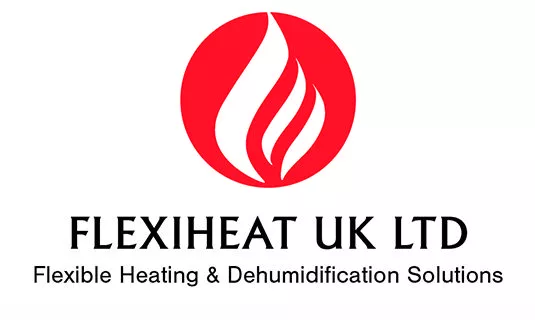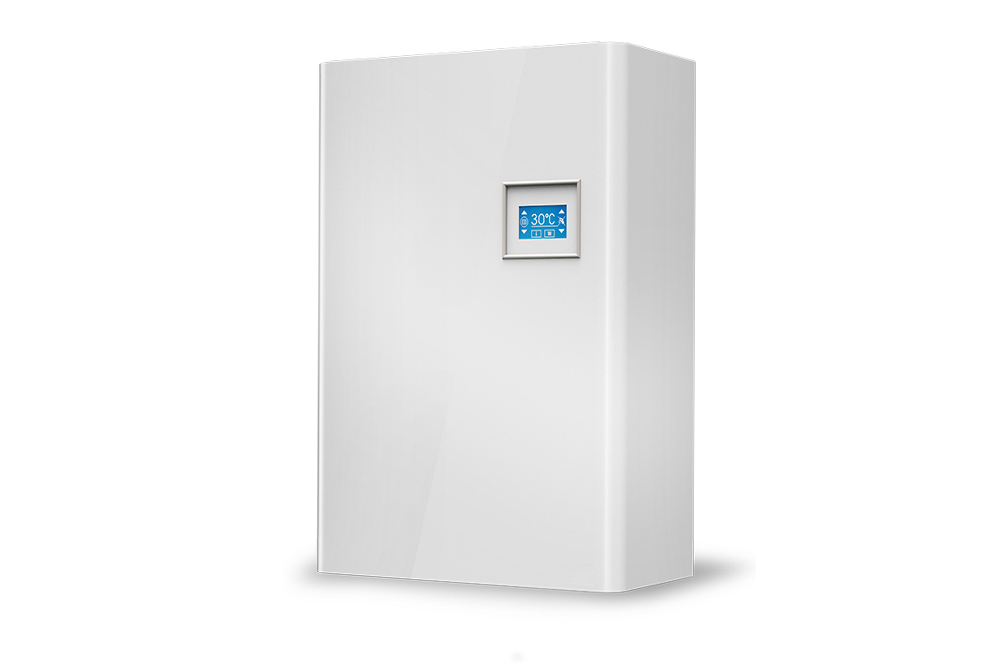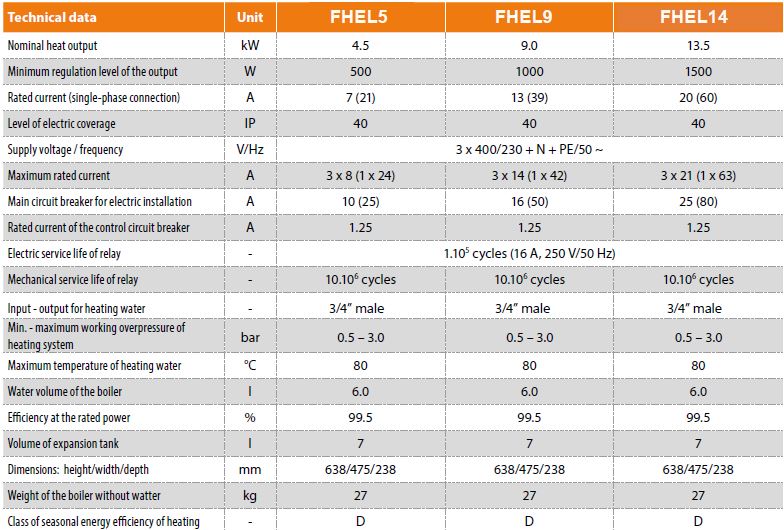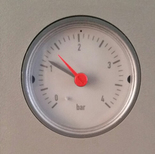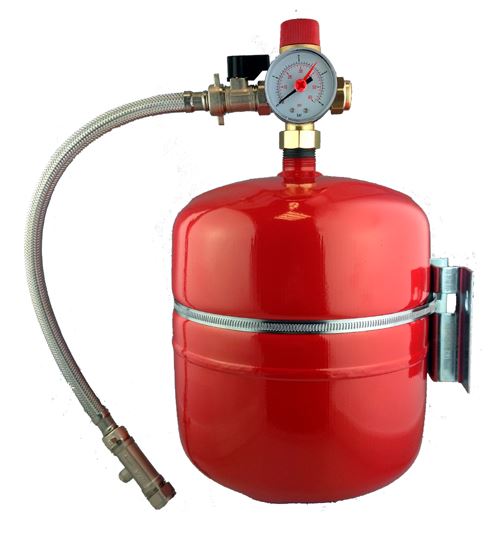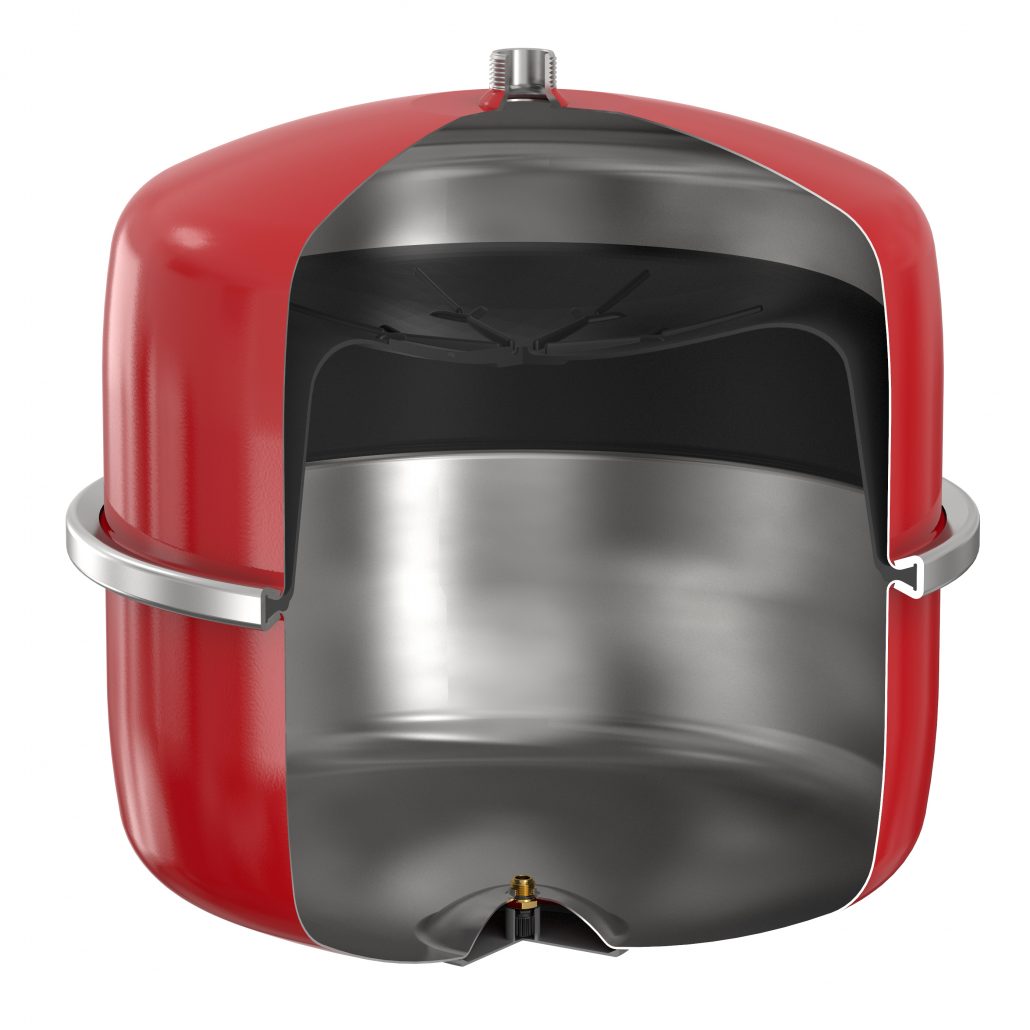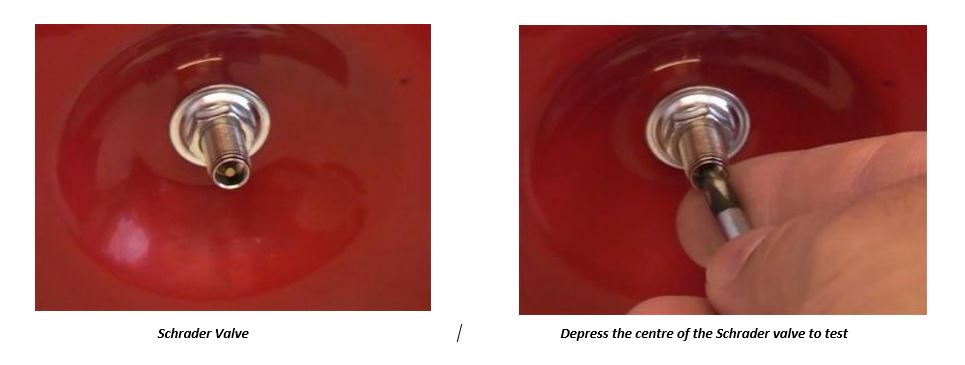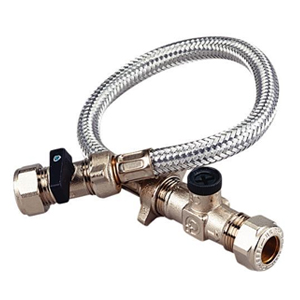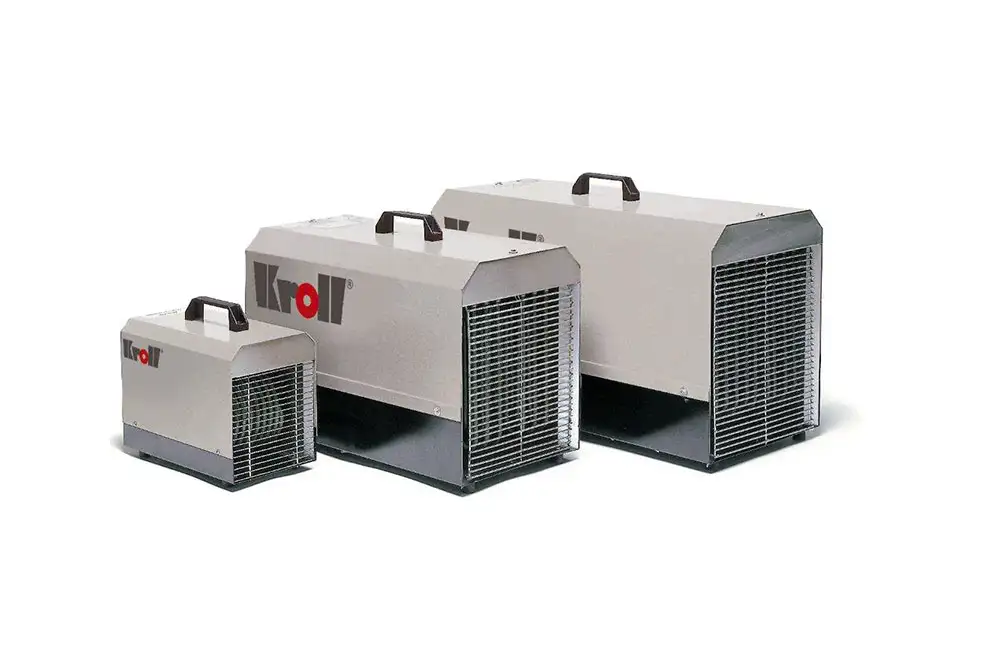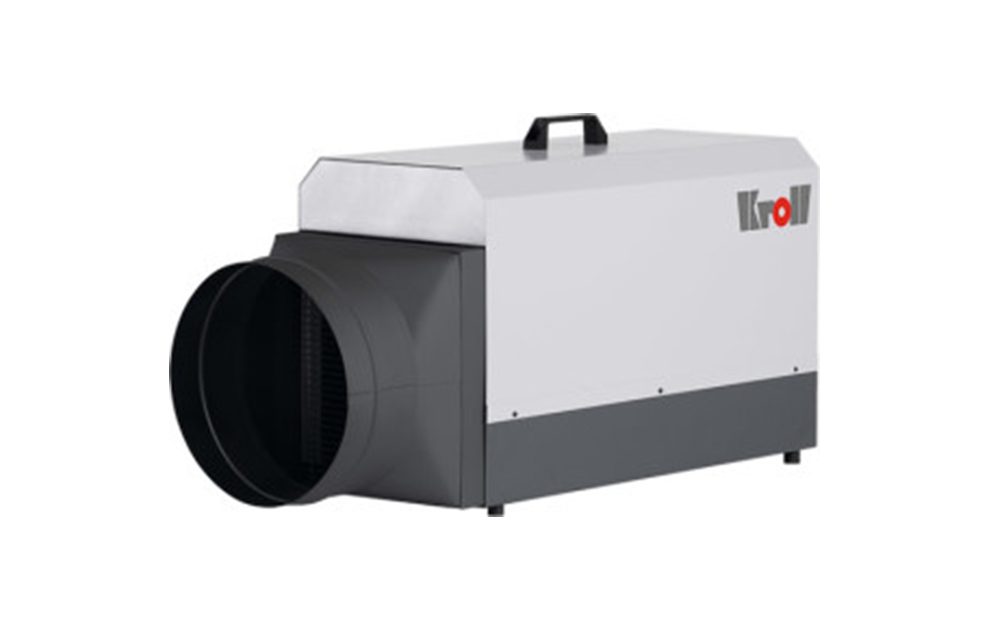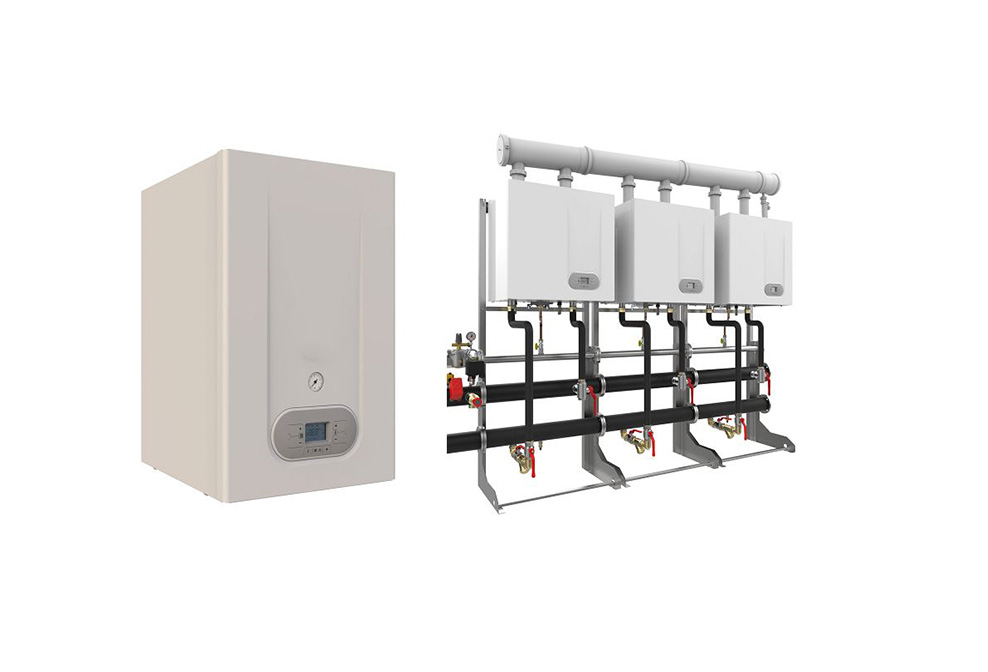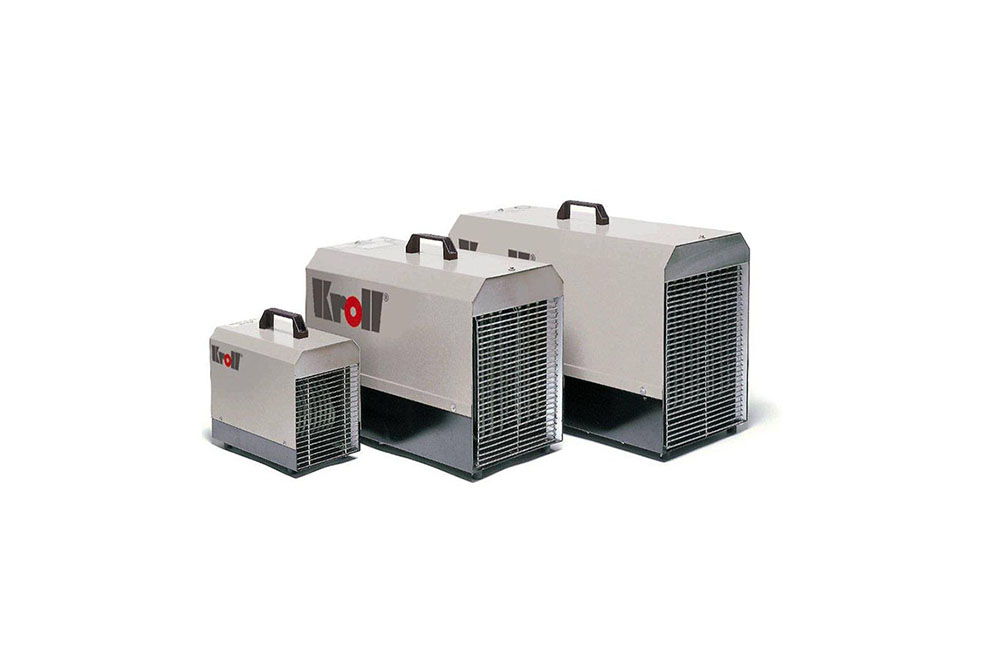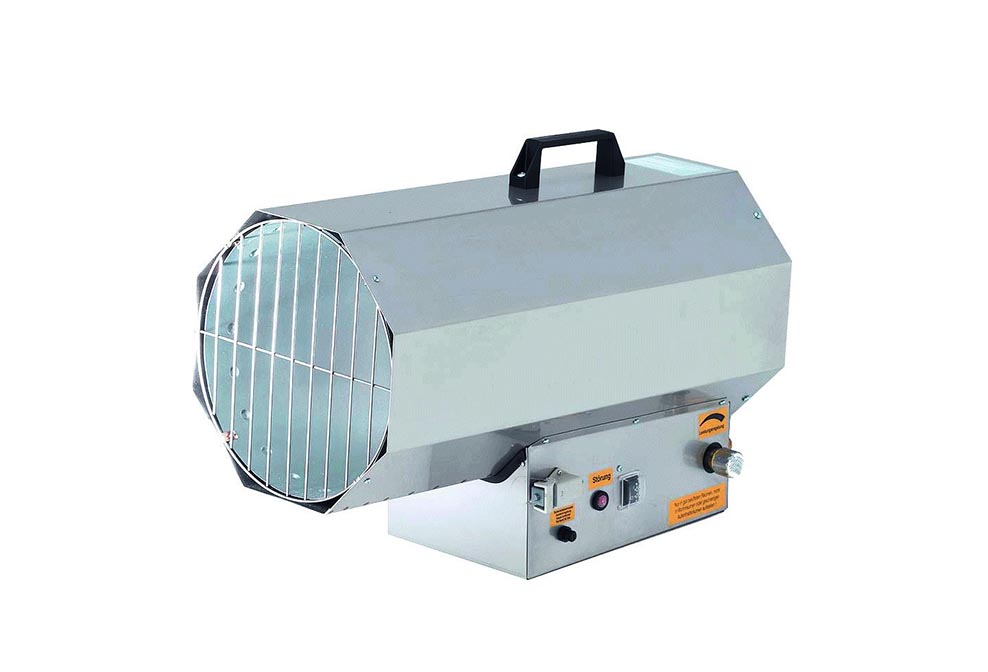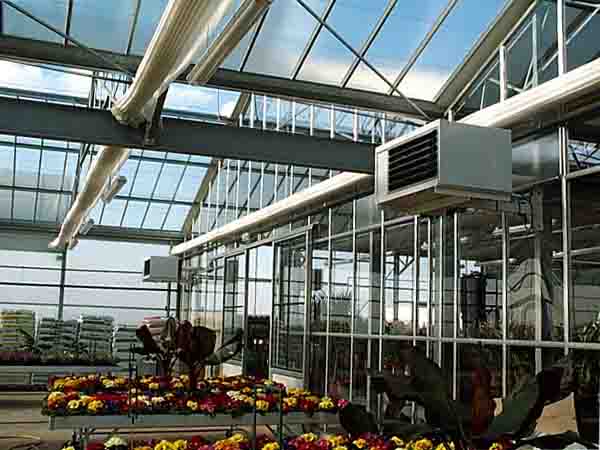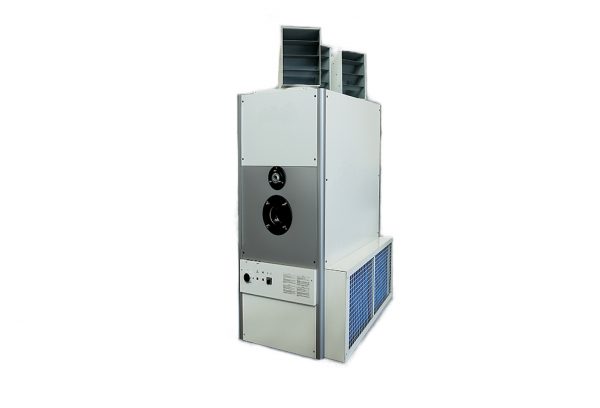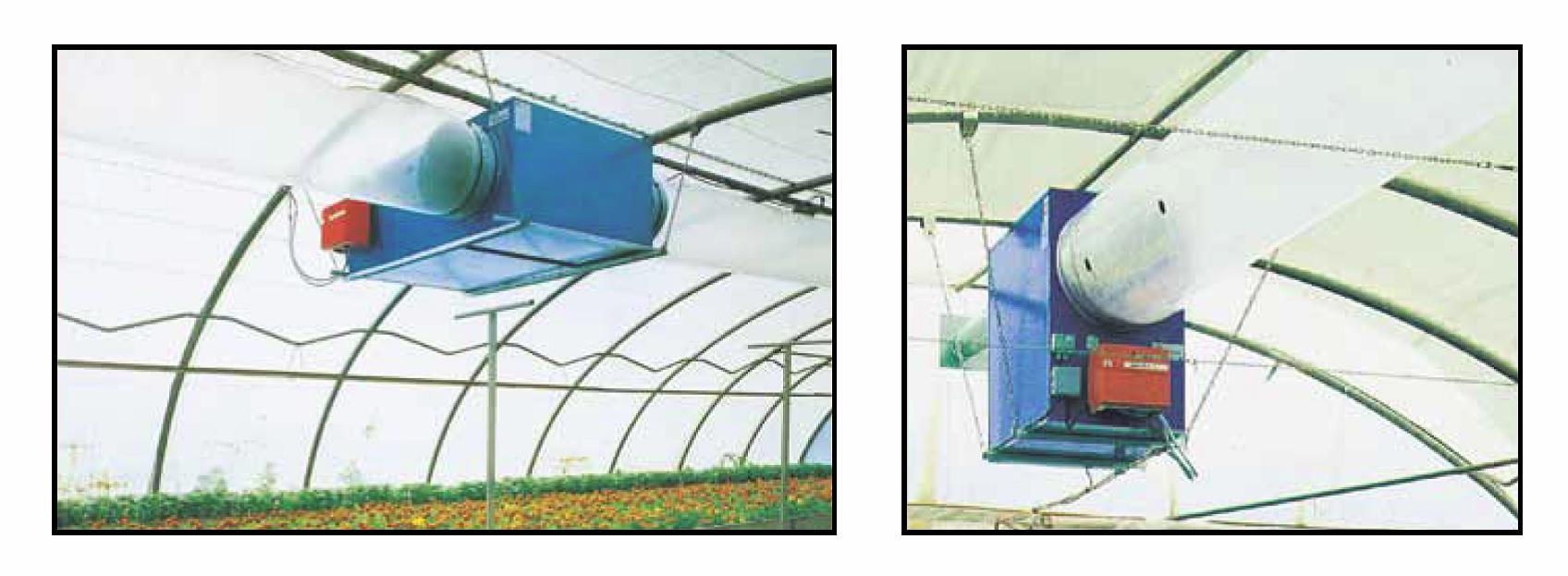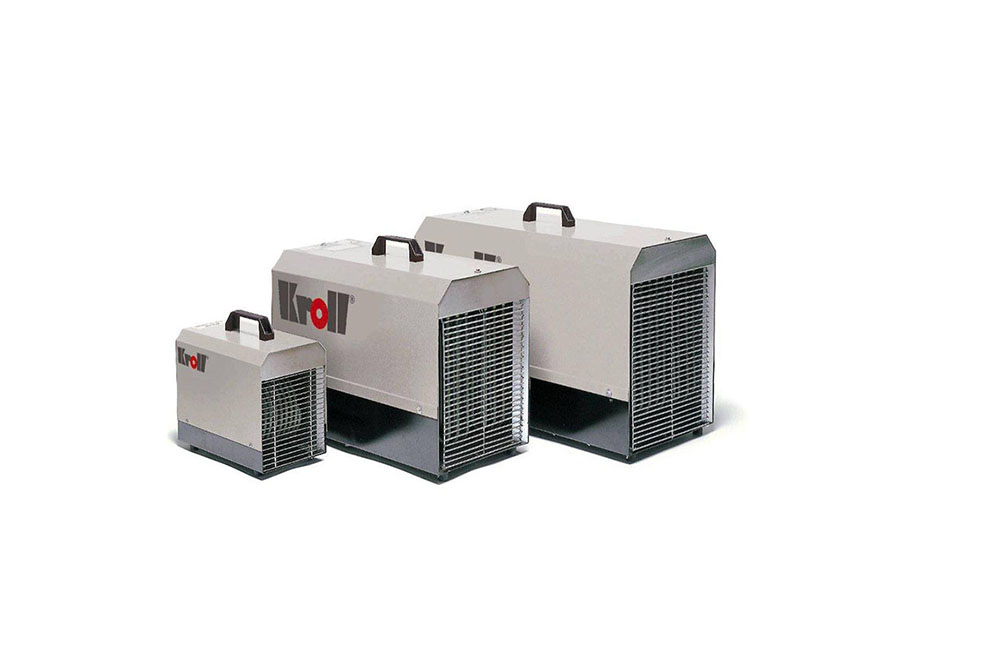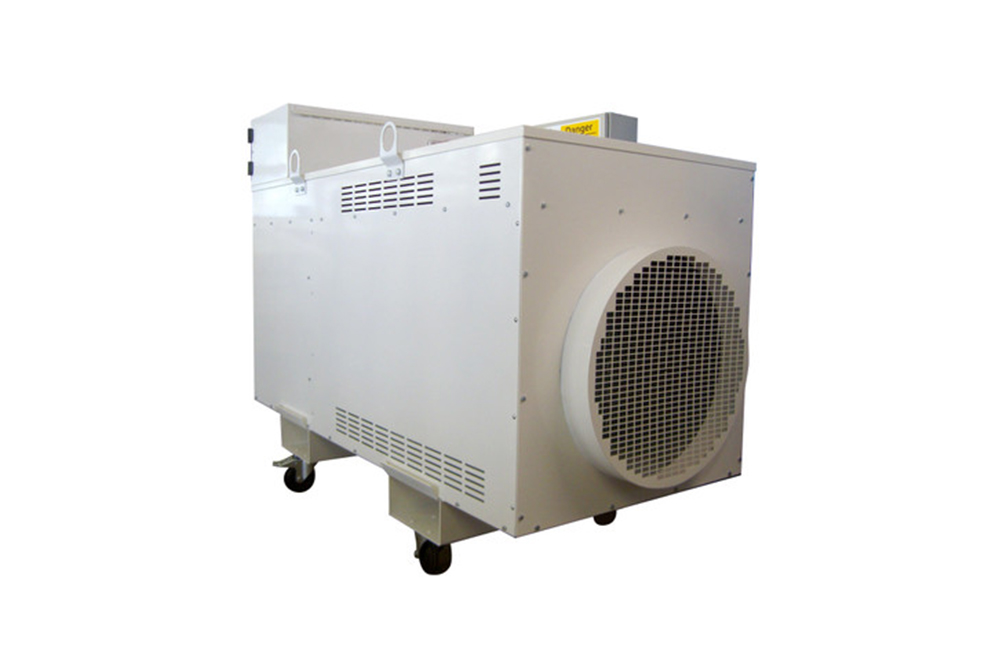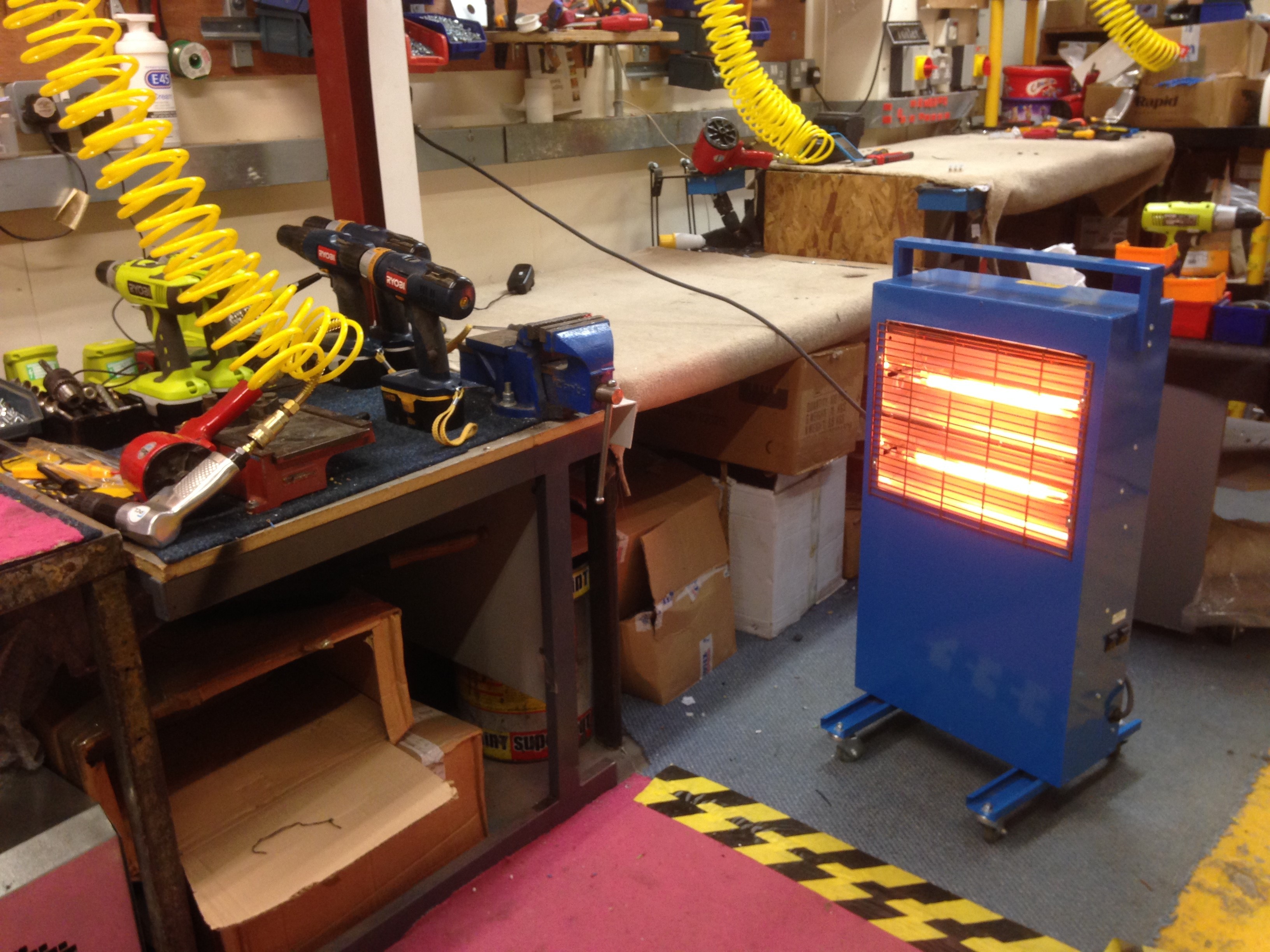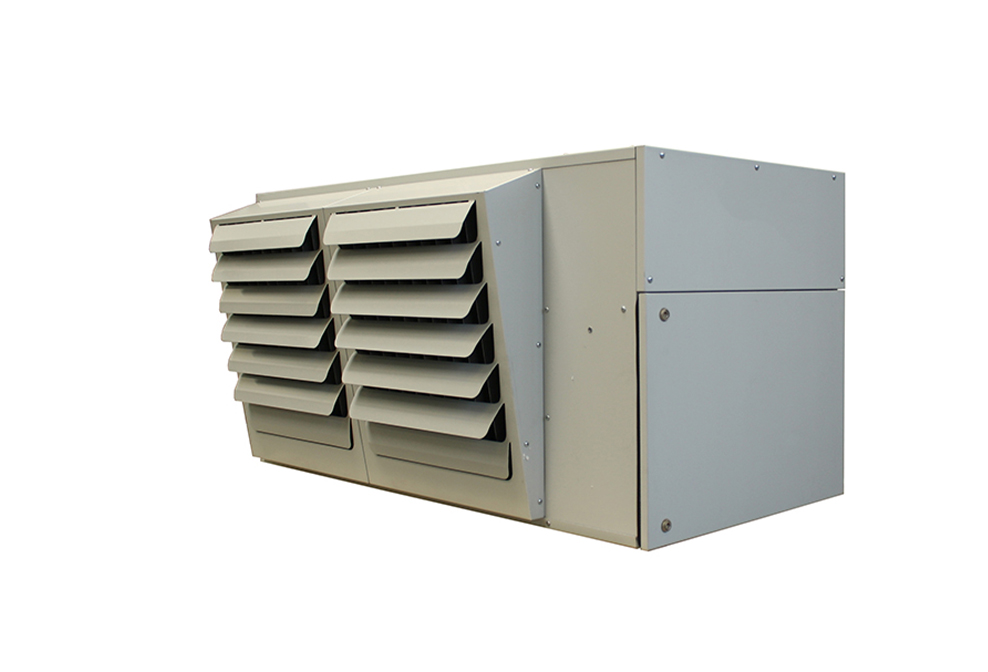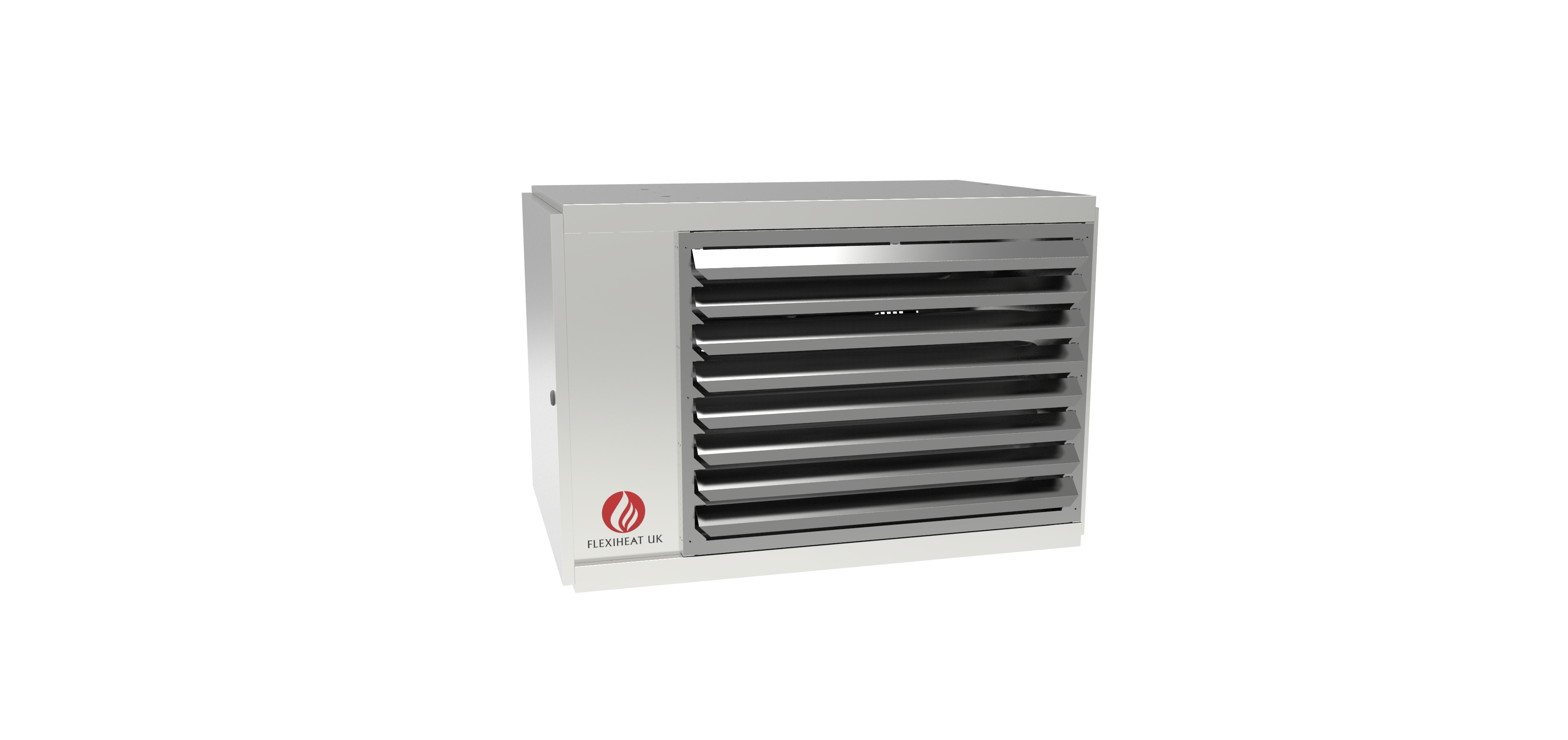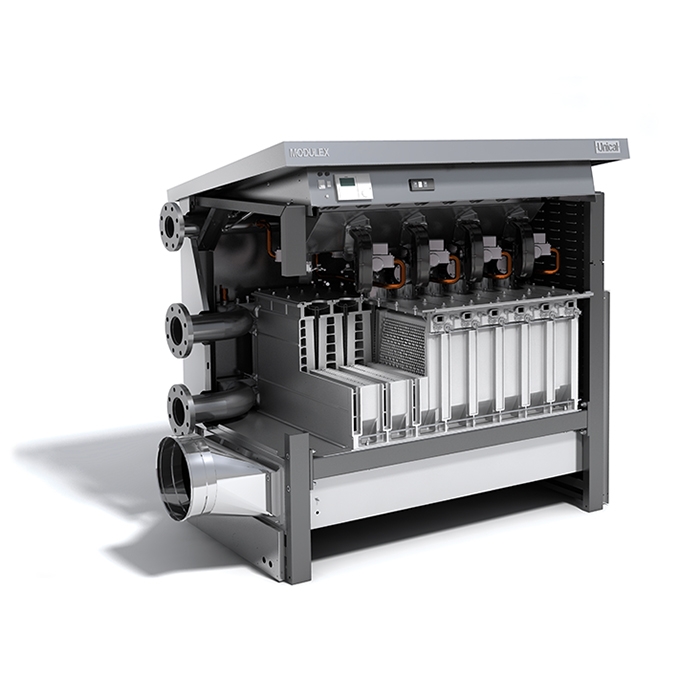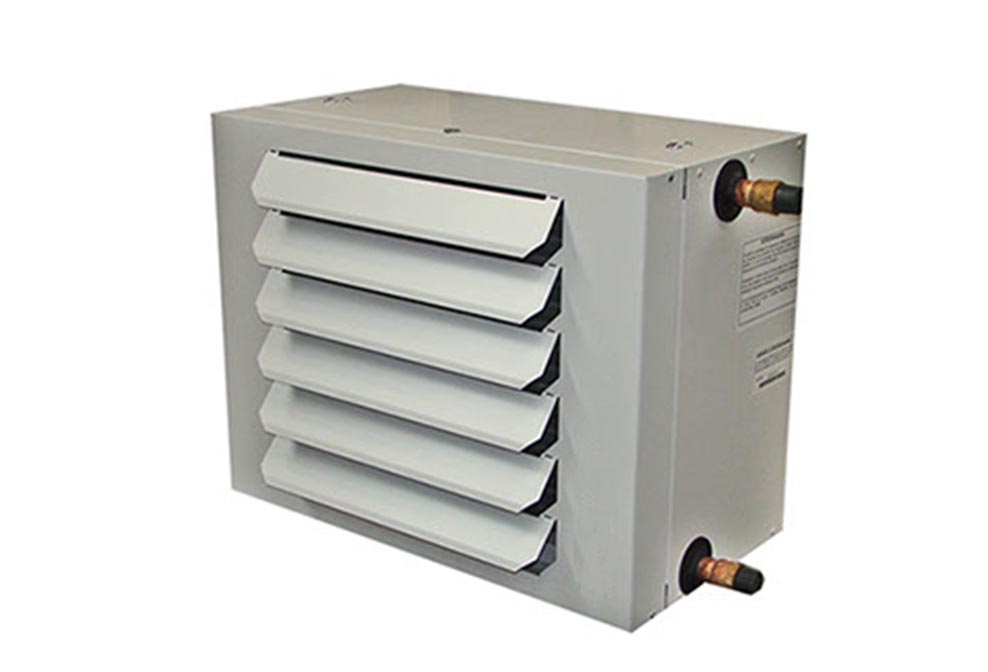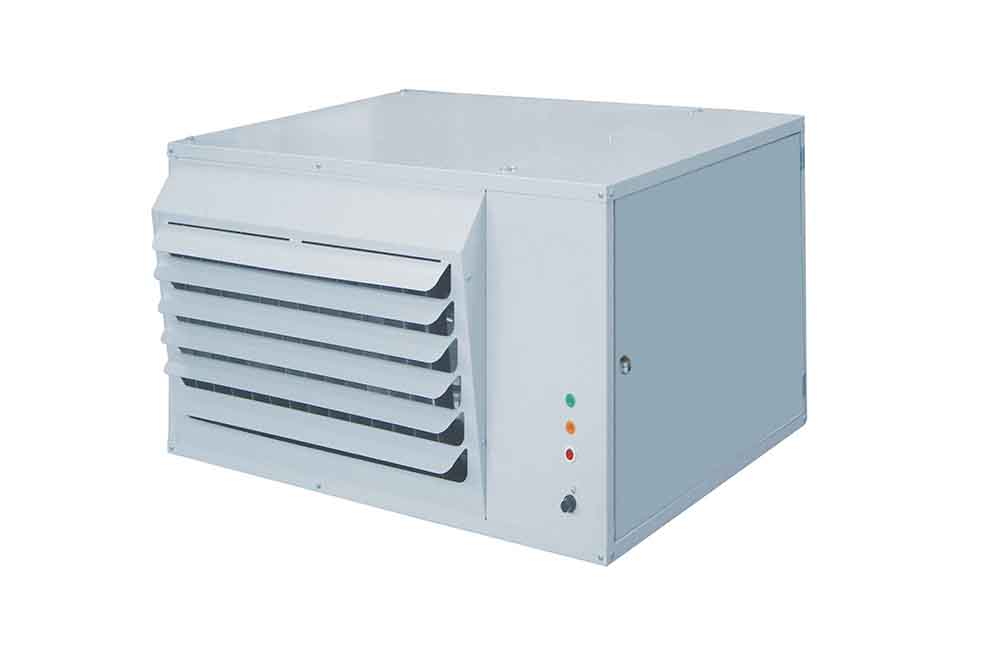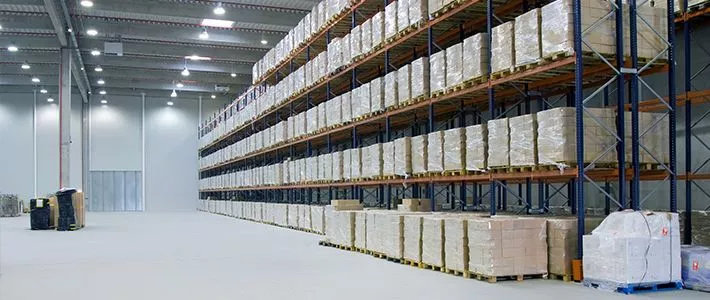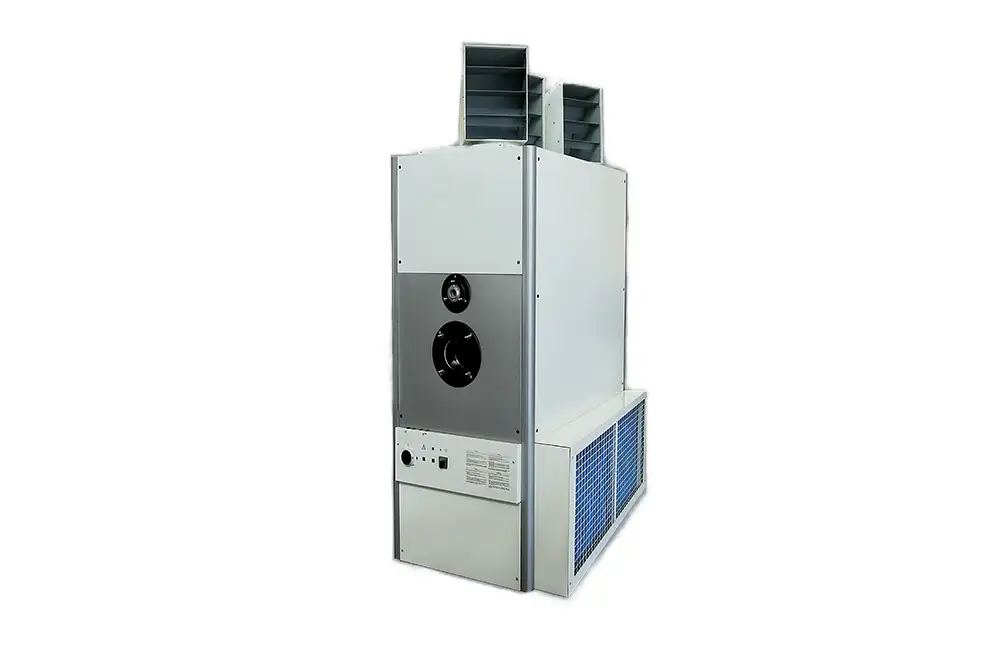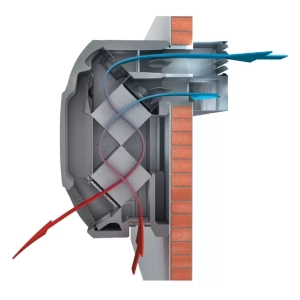10 kw Electric Boiler
10 kW Electric boiler – What are your options ?
At Flexiheat UK, we have various options for your 10 kw electric boiler requirements. We do a full range of 10 kw electric central heating boilers, that can either be run off a 240 Volt / Single Phase electric supply ( the most common household electrical supply voltage for the UK and Ireland ) or 415 Volt / Three phase electrical supply. These 10kw electric units are suitable for underfloor heating systems or central heating hot water heating applications as well as domestic hot water installations when coupled up to an indirect hot water cylinder. Our 10kw electric boiler offering are often used in garden rooms, cabins or flats.
Our closest output to a 10 kw electric boiler is our model ” FHEL9″ which is actually just under that value at 9 kw of output, but normally most home heating systems are oversized, as they normally take into account the worst case scenario of it being minus 5 Degrees C, which in the UK winter is vary rarely seen to be honest, thus we’d be very confident that a 9 kW output electric central heating boiler would suffice for your requirements
However should you require 10kW electric output, then we do our model FHEL14 which is rated to an output of 13.5 kW, which is slightly over in output value, but please remember these electric wet central heating boilers have a modulating output, which means it can modulate down to 10 kW of output – for more information on this model and our full range please see this page – https://www.flexiheatuk.com/product/electric-central-heating-boilers/
10 kW Electric Boiler Efficiency & Benefits
Our electric boilers have a 99.5% efficiency rating which is better than any gas or oil boiler and benefit from well arranged touch display and control panel for our FHEL9 model. This touch screen ensures both simple and intuitive control of the boiler is achieved.
Fluent regulation in low power output steps of just 1 kW (1,000 Watts ) ensure that the heating load requirement is appropriately matched, also ensuring even greater heating efficiency to the wet central heating electric boiler system, be it underfloor heating or a radiator system.
The modular digital control assures optimal operation of this 10 kW electric boiler in a way that optimizes electric energy consumption with the rated thermal output of the electric boiler.
These 10 kw electric boilers come complete with an integrated “ERP” energy efficient compliant heating pump and integrated 7 litre expansion vessel, making these electric boilers what is commonly know as a system boiler. This allows you to have a “sealed heating system” meaning that no feed and expansion water tank is required in the loft or at high level – which can be prone to freezing or bursting. It also means installation is made a lot more tidier and compact, as all required components are within the boiler casing.
These electric central heating boilers can be controlled by an “OpenTherm+” thermostat or controller e.g. a nest controller etc ( control your 10kw electric boiler on the go, from your phone) giving your greater control over your electric wet central heating boiler.
They can also be controlled by a standard room thermostat or weekly programmer – the decision is yours to make.
Technical details of our 10 kw electric central heating boilers
Below you can see the technical data for the Flexiheat “FHEL9” and also the next size down and up in this range of touch screen electric boilers for central heating –
Please note as these electric central heating boilers, can be wired in either three phase or single phase, the below table shows both parameters. For example, the maximum rated current for the FHEL9 electric boiler, when wired up using a three phase electrical supply is – 3 x 14 Amps per phase, and when wired in single phase, the figure is 1 x 42 Amps.
These boilers are CE marked and approved, and also comply with the directives 2006/95/EC (Low Voltage Directive, LVD) and 2004/108/EC (Electromagnetic Compatibility Directive, EMC) and carry a 2 years parts warranty as standard. So, if you want the best 10 kw electric boiler for sale on the UK market, then we are the company to speak to.
Other features
- To reduce energy heat loss, the heat exchanger is completely insulated.
- Boiler temperature range of up to 80C
- Heating water pressure – a minimum of 0.5 Bar water pressure and a maximum of 3 Bar water pressure for the heating system
- Suitable for underfloor heating systems or traditional radiator systems
- Water level sensor to ensure running dry due to system water loss is not a problem
- 9 stage heating output steps or levels – for better heat load matching for lower running costs, fuel bills and accurate temperature control
- The front cover is easily removable for any maintenance purposes such as checking the expansion vessel etc
- Auto air vent – either 10kw electric boiler options have an auto air vent fitted as standard ( the air vent removes the air from the heating system that causes corrosion to start)
- Unlike inferior units that have a temperature control dial – such as the slim Jim electric flow boiler – our units have a nice and easy touch screen control
- Virtually silent in operation
- No fuel supply tank or flue are required when you use a 10kw electric boiler – an oil boiler or lpg boiler requires a fuel supply tank
- Opentherm control connections – so you can connect a Hive or Nest controller to our unit
- Our 10kw electric boiler options be installed in kitchen wall cabinets, garden rooms or a utility room – you can fit our 10kw electric boiler pretty much wherever you decide.
10 kW Electric boilers for sale UK & Ireland
Should you require anymore assistance or information on our 10 kW Electric Boilers / 10 kW Electric Central Heating Boilers , please don’t hesitate to contact our sales customer service team on 01202 822221 or click here for our email contact form. All of our invoices inc vat.
